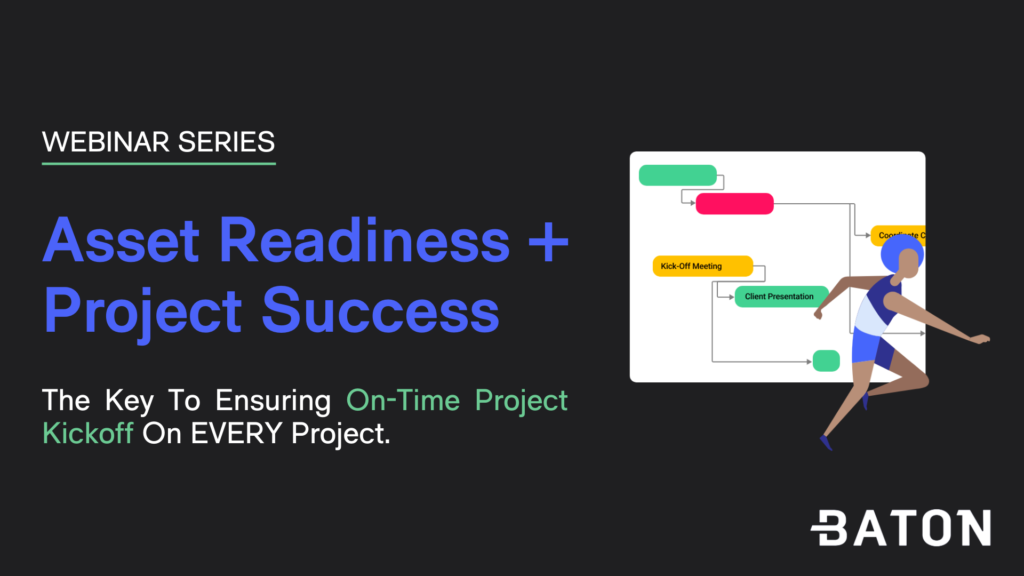Software as a Service (SaaS) solutions have become indispensable tools for businesses of all sizes. These solutions offer numerous benefits, including cost-effectiveness, scalability, and flexibility. However, the success of a SaaS product goes beyond its features and functionality; it also depends on how effectively customers are onboarded onto the platform.
Customer onboarding is the process of guiding new users through the initial stages of using a product or service. In the case of SaaS solutions, effective onboarding plays a crucial role in ensuring customer satisfaction, reducing churn rates, and driving long-term success. In this blog post, we’ll explore the key reasons why effective customer onboarding is essential in the context of SaaS solutions.
1. Creating a Positive First Impression Through Seamless Customer Onboarding
The onboarding process sets the tone for the entire customer journey. It’s the first opportunity for a SaaS provider to make a positive impression on new users. A smooth and well-designed onboarding experience can instill confidence in customers, reassure them of their decision to adopt the solution, and increase their likelihood of becoming long-term subscribers.
By focusing on creating a positive first impression during onboarding, SaaS providers can build trust and credibility with their customers. This, in turn, can lead to higher customer satisfaction levels and improved retention rates.
2. Accelerating Time-to-Value & Time-to-Launch
One of the primary goals of effective customer onboarding in SaaS solutions is to help users get up and running on a platform so that they can begin to realize the value of the product as quickly as possible. Time-to-launch (TTL) measures the time it takes for teams to complete the software implementation phase of the customer journey, whereas time-to-value (TTV) refers to the amount of time it takes for a customer to derive tangible benefits from using the software.
A well-structured onboarding process can accelerate TTL and TTV by providing users with the necessary guidance, training, and resources to start using the product efficiently. This not only enhances the overall user experience but also increases the likelihood of customer success and satisfaction.
3. Reducing Churn Rates
Churn, or the rate at which customers stop using a product or service, is a significant concern for SaaS providers. High churn rates can have a detrimental impact on revenue and profitability. Effective customer onboarding plays a crucial role in reducing churn rates by:
- Ensuring customers understand the value proposition of the product.
- Addressing common challenges and obstacles early on.
- Providing ongoing support and resources to help customers succeed.
By proactively addressing customer needs and expectations during onboarding, SaaS providers can significantly lower churn rates and improve customer retention.
4. Maximizing Customer Lifetime Value
Customer Lifetime Value (CLV) is a key metric that indicates the total revenue a customer is expected to generate over their entire relationship with a company. Effective customer onboarding contributes to maximizing CLV by:
- Increasing customer satisfaction and loyalty.
- Encouraging upsells, cross-sells, and referrals through positive experiences.
- Helping customers achieve their desired outcomes and goals with the product.
By focusing on delivering value throughout the customer lifecycle, SaaS providers can increase CLV and drive sustainable growth.
5. Gaining Actionable Insights
Another benefit of effective customer onboarding is the opportunity to gain valuable insights into customer behavior, preferences, and pain points. By collecting data and feedback during the onboarding process, SaaS providers can:
- Identify areas for product improvement and optimization.
- Tailor marketing and communication strategies to better meet customer needs.
- Personalize the user experience and drive engagement.
These insights not only improve the onboarding process but also inform strategic decision-making and product development efforts.
Best Practices for Effective Customer Onboarding
To ensure successful customer onboarding in SaaS solutions, consider implementing the following best practices:
- Personalization: Tailor the onboarding experience based on the customer’s industry, role, goals, and preferences.
- Clear Communication: Provide clear instructions, guidance, and resources to help users get started quickly and effectively.
- Education and Training: Offer comprehensive training materials, tutorials, and support to empower customers to use the product efficiently.
- Regular Check-ins: Follow up with customers regularly to gather feedback, address concerns, and identify opportunities for improvement.
- Continuous Improvement: Monitor key metrics, analyze user feedback, and iterate on the onboarding process to enhance its effectiveness over time.
Unlocking Success: The Crucial Role of Effective Customer Onboarding in SaaS Solutions
Effective customer onboarding is a critical component of success for SaaS solutions. By creating a positive first impression, accelerating time-to-value, reducing churn rates, maximizing customer lifetime value, and gaining actionable insights, SaaS providers can drive long-term customer satisfaction, retention, and growth. By following best practices and continuously improving the onboarding experience, businesses can build strong relationships with their customers and achieve sustainable success in the competitive SaaS market.
Ensure On-Time Kickoff on Every Onboarding Project!
Experience Baton’s Project Discovery & Asset Management: Industry-Leading Insights for On-Time Project Launches Every Time!




